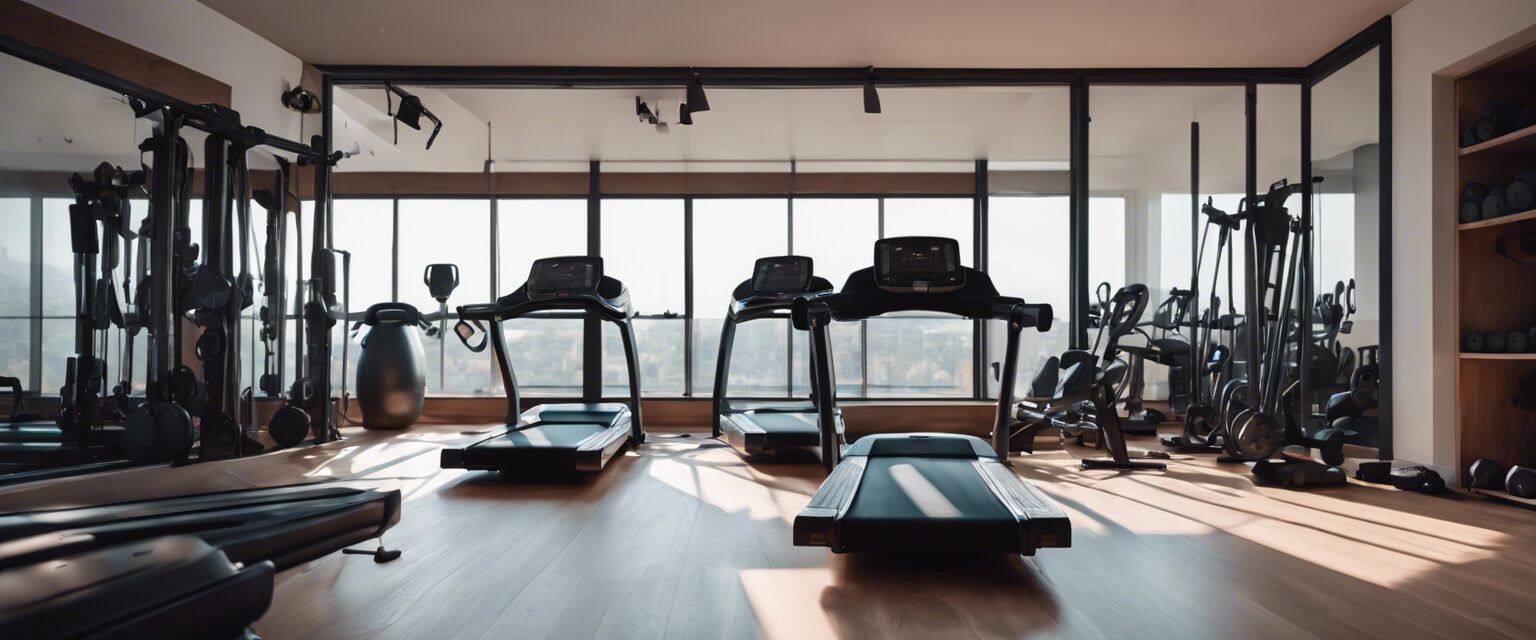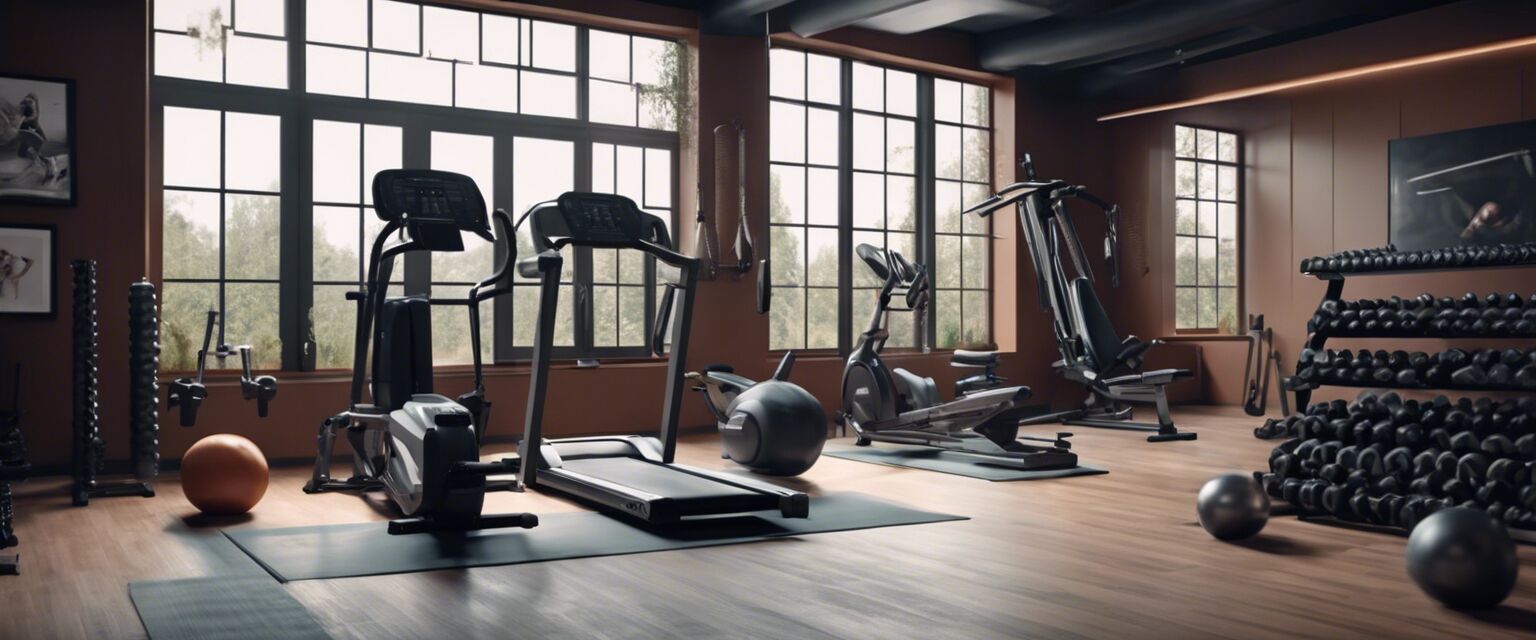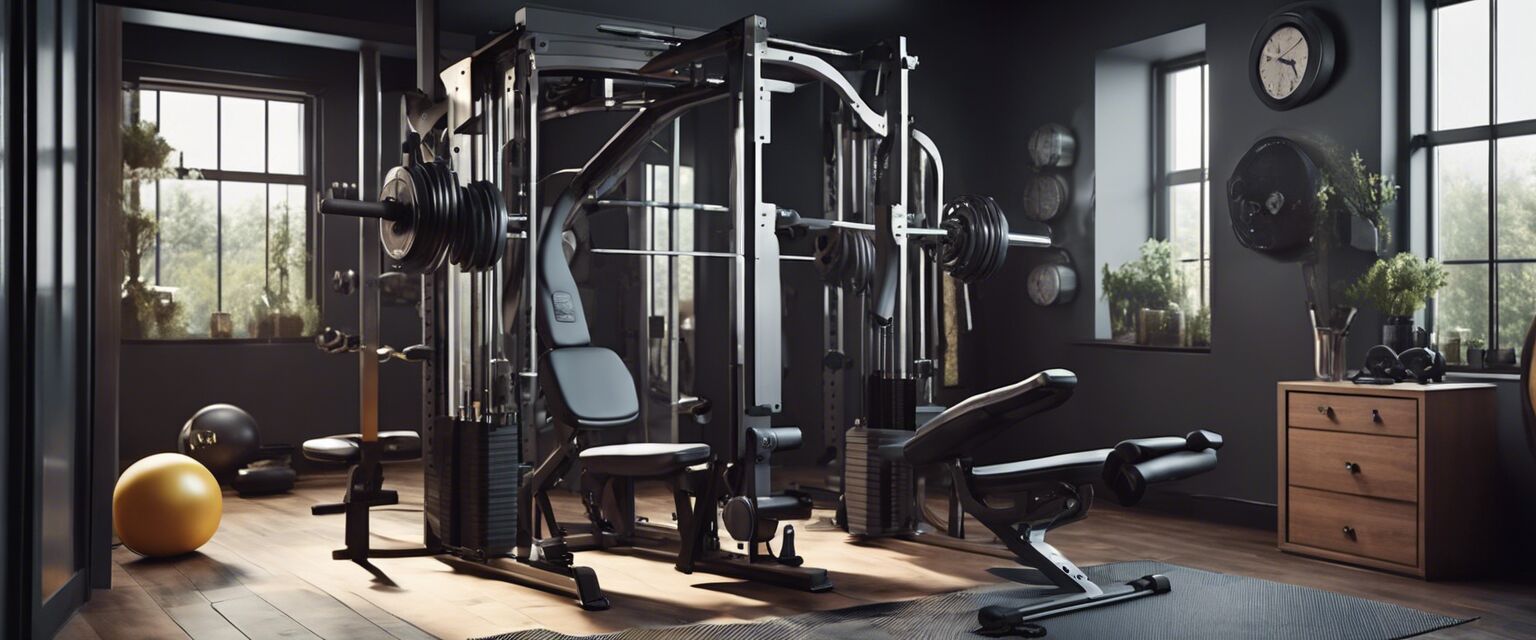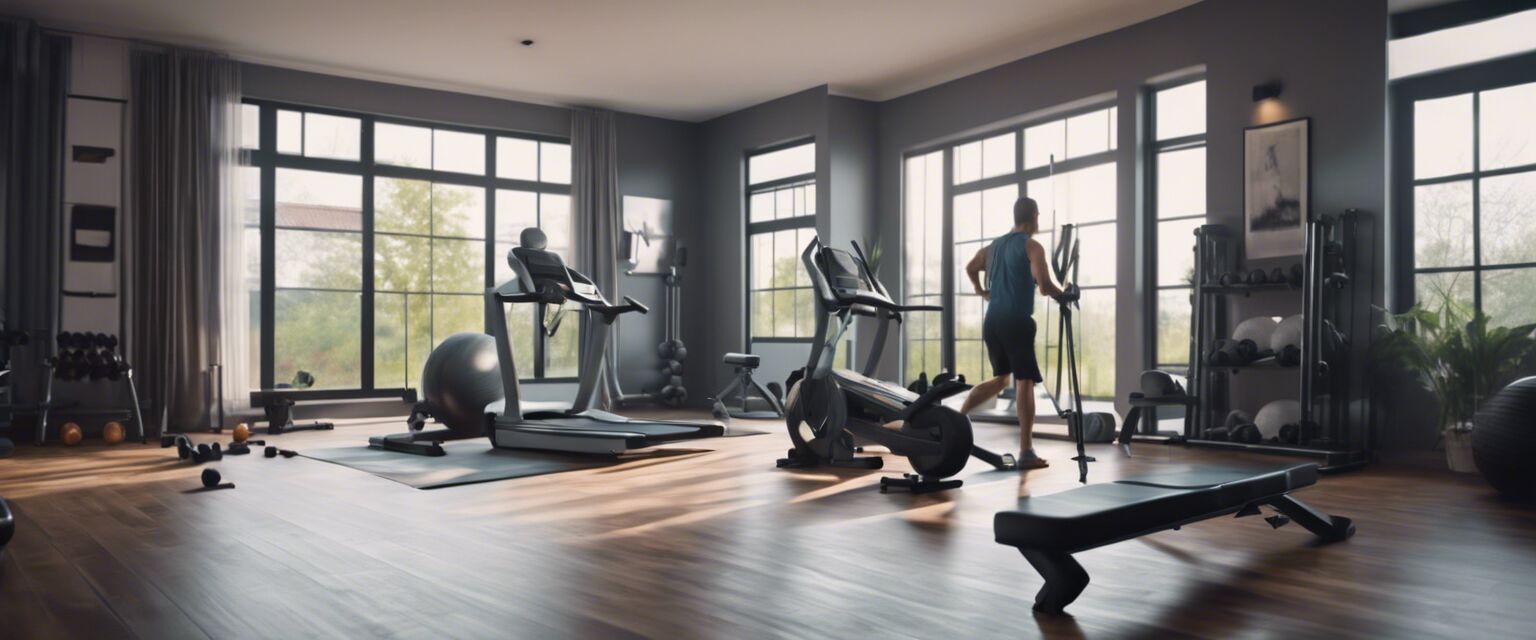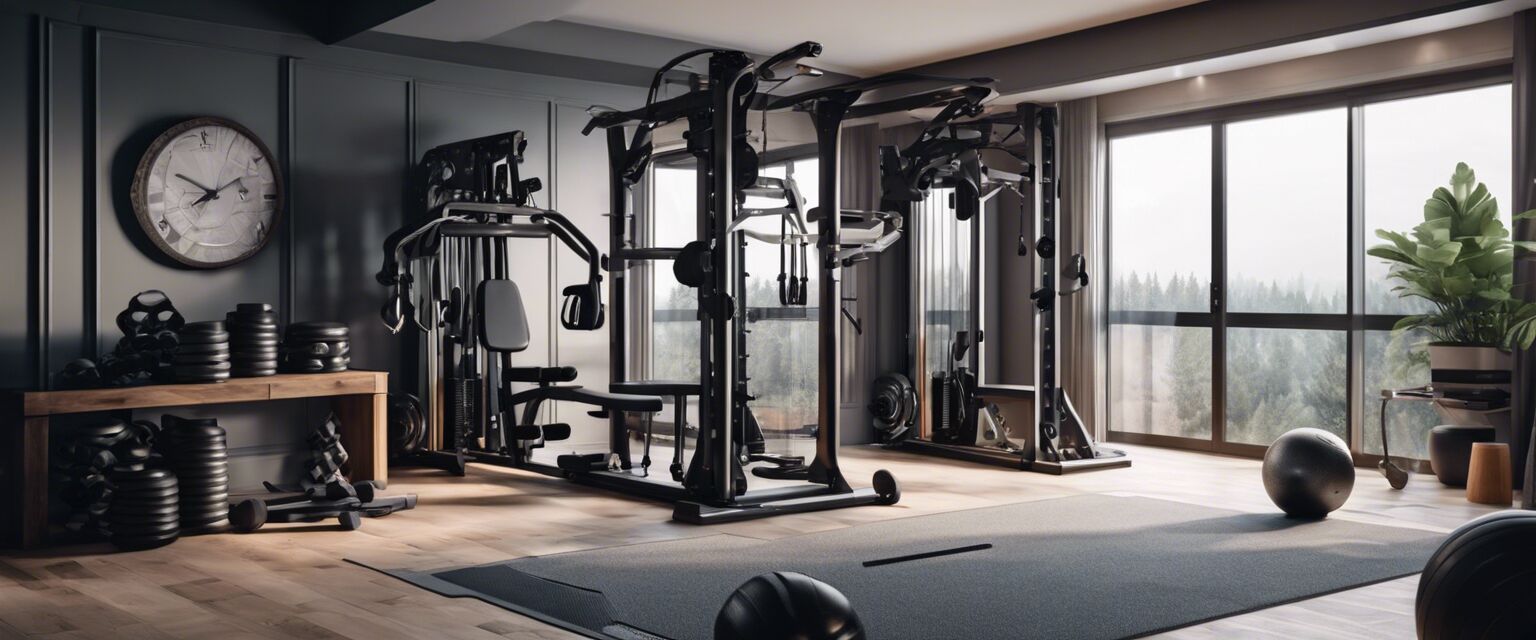
Buying guide for home gym equipment
Choosing the right home gym equipment can be challenging, especially when space is limited. This comprehensive buying guide will walk you through essential factors to consider when selecting the best compact and multi-functional gym equipment based on your workout needs.
Key Takeaways
- Assess your space: Understand the dimensions of your workout area.
- Identify your fitness goals: Know if you want to build strength, improve cardio, or enhance flexibility.
- Prioritize multi-functional equipment: Look for machines that offer diverse workouts.
- Budget wisely: Consider your financial constraints when choosing equipment.
- Research brands and models: Ensure you select reliable and durable products.
Why invest in home gym equipment?
Investing in home gym equipment allows you to maintain a flexible workout routine without the need for a gym membership. You can exercise any time, save travel time, and customize your environment to fit your needs. With compact gym machines, you can maximize your workouts without sacrificing space.
Types of home gym equipment
Various types of home gym equipment cater to different workout preferences and goals. Below, we break down some popular categories.
- Adjustable dumbbells and barbells
- Cardio machines
- Compact gym machines
- Core and balance equipment
- Functional training systems
- Resistance bands and accessories
- Yoga and flexibility accessories
Adjustable dumbbells and barbells
Adjustable dumbbells and barbells are versatile tools that allow you to perform various strength training exercises. They save space and are ideal for users starting their fitness journey.
Cardio machines
Cardio machines like stationary bikes, treadmills, and rowing machines provide effective cardiovascular workouts. They help improve endurance and boost heart health.
Compact gym machines
Compact gym machines combine multiple workout functionalities into one compact design, making them perfect for smaller spaces. They often include various attachments and settings for total body workouts.

Factors to consider when buying home gym equipment
Before making a purchase, consider the following factors:
| Factor | Description |
|---|---|
| Space | Measure your available space to ensure that the equipment fits comfortably. |
| Budget | Determine your budget range to narrow down your options wisely. |
| Durability | Research materials and user reviews to find reliable products. |
| Functionality | Choose equipment that supports a variety of workouts to maximize your investment. |
| Warranty | Look for products with a warranty to protect your investment. |
Pros and cons of home gym equipment
Pros
- Convenience of working out at home.
- Saves money on gym membership fees.
- Customizable workout space.
- Access to a variety of workouts with multi-functional equipment.
Cons
- Potentially high initial investment.
- Limited equipment variety compared to a commercial gym.
- Motivation can wane without a gym environment.
Tips for maximizing your home gym experience
- Set fitness goals and track your progress regularly.
- Create a dedicated workout space free from distractions.
- Invest in good-quality mats and accessories to enhance comfort.
- Mix different types of workouts to stay engaged and motivated.

Conclusion
Selecting the right home gym equipment takes careful consideration, but the benefits of a personalized workout space are endless. By using this guide, you can make wise investment choices that align with your fitness goals and space requirements. Start building your dream gym today!

